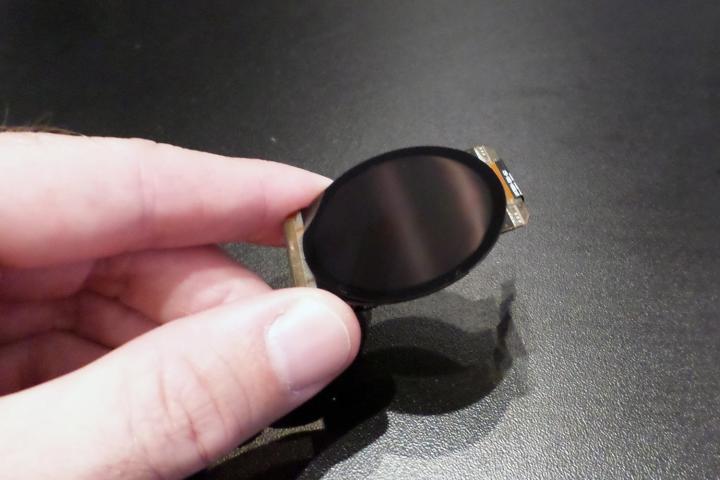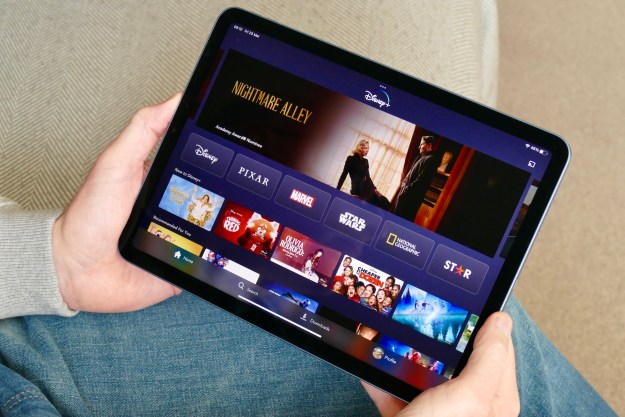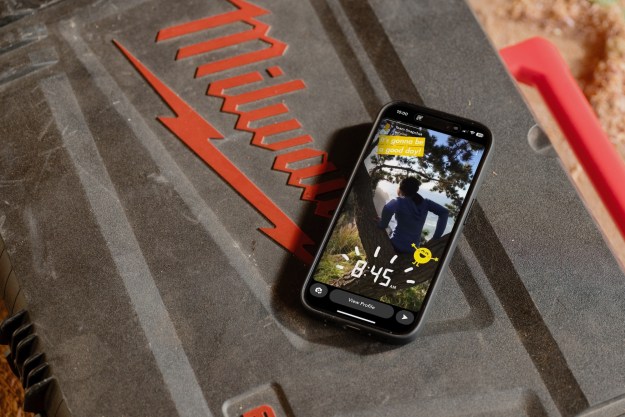
There are several reasons why the continued development of P-OLED displays is a good thing. The screens are thinner and lighter than OLED screens built using glass, are far less complex in design, and are more eco-friendly. The plastic cover is also considerably tougher than glass, and won’t shatter in the event of a sharp impact.

This strength also comes with flexibility – hence its use on the curved LG G Flex – and that’s where the company sees the display tech being used in the near future. According to the plans, we should look out for a “bending” smartphone with a P-OLED screen next year, which presumably will be the sequel to the G Flex, a device about which we’ve heard rumors before.
Following the smartphone, P-OLED screens should be introduced on tablets, an area of the market where LG has had some success over the past year. Whether the tablets will bend, or simply be harder wearing, or feature a much smaller bezel – another advantage of P-OLED displays – isn’t clear. There’s also a chance we may see other wearable hardware using small versions of the screen over the next twelve months.
The roadmap shows P-OLED tablets arriving in late 2015, after which there will be a lull until 2017, when foldable computers, tablets with rollable P-OLED displays, and huge rollable televisions are on the agenda. LG also indicates it will produce bendable P-OLED screens for use in cars.
Although a bendable smartphone sounds like a distinct possibility for 2015, LG’s long-term plans for P-OLED screens will depend on the speed with which the technology matures, but if this approximate timeline is accurate, our favorite mobile devices are set to undergo considerable changes over the next few years.



